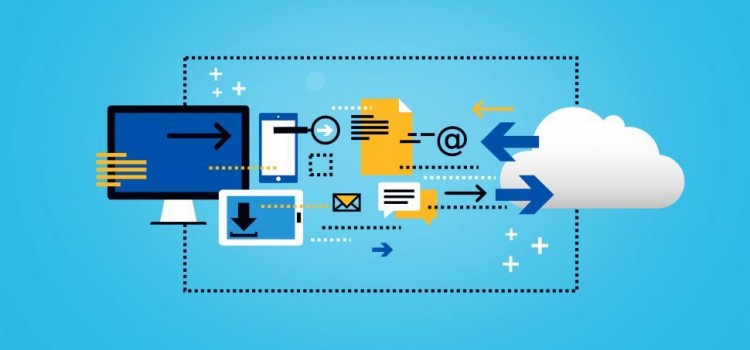Data governance is the process of designing, implementing, maintaining, and improving your company’s approach to capturing, storing, organizing, protecting, and using digital information. Data governance involves developing standards for how the company should treat data across departments in your organization and which tools are used to handle that data. It also includes deciding on a strategy for retaining records of past activities so that they’re available if needed by future generations or when required by law. There are certain data governance pillars that need to be in place to ensure that your framework is right for your business.
The importance of having a sound data governance plan can’t be overstated. Without one:
- You will waste time trying to figure out where all your company’s critical data resides
- Your employees will have difficulty finding the data they need when they need it
- You will be more likely to make decisions based on inaccurate or outdated information
What is Data Governance?
Data governance is the process of ensuring that data is accurate, consistent, and accessible. It involves establishing standards for how data is collected, stored, and used, and setting up processes to ensure that these standards are met. Data governance is important because it helps to ensure that data is of high quality and can be used effectively. When data is well-governed, it can help organizations make better decisions, improve operations, and avoid risks. There are many different aspects to data governance, but some common elements include defining roles and responsibilities, setting up policies and procedures, and monitoring compliance. By putting in place a robust data governance framework, organizations can ensure that their data is managed effectively and efficiently.
What is a Data Governance Framework
A data governance framework is a set of policies and procedures that define how the company should manage data within an organization. It guides who can access what data, how employees should use it, and how the company should protect it. The framework should also specify roles and responsibilities for those involved in managing the data.
The Four Pillars
There are four pillars of data governance: people, process, contributors, and technology. Each data governance pillar is essential in its own right, but they form the foundation of a robust data governance framework.
People:
The people pillar is crucial because it defines who is responsible for managing the data. This includes roles such as data stewards and data owners who are tasked with ensuring the accuracy and quality of the data. It also consists of those who use the data daily, such as analysts and decision-makers.
Process:
The process pillar of data governance is important because it defines how the company should manage data within an organization. This includes prescribing standards for capturing, storing, organizing, and protecting data. It also includes deciding on a strategy for retaining records of past activities so that they’re available if needed by future generations or when required by law.
Contributors:
The contributor’s pillar is crucial because it identifies those who contribute to the data within an organization. This includes data entry clerks, engineers, and other employees who create or input data into the system. It also consists of external data sources, such as suppliers and customers.
Technology:
The technology pillar provides the tools and infrastructure needed to support the data governance framework. This includes databases, data warehouses, and other storage solutions.
Technology is important because it provides the tools and infrastructure needed to support a data governance framework. This includes databases, data warehouses, and other storage solutions. It also consists of the software necessary to capture, store, organize, and protect data.
Final Thoughts
Each of these pillars is important in its own right, but together they form the foundation of a robust data governance framework. By defining roles and responsibilities, setting standards for how the company should manage data, and providing the tools and infrastructure needed to support the data governance framework, you can ensure that your organization’s data is appropriately collected and protected.
Follow Techdee for more!





